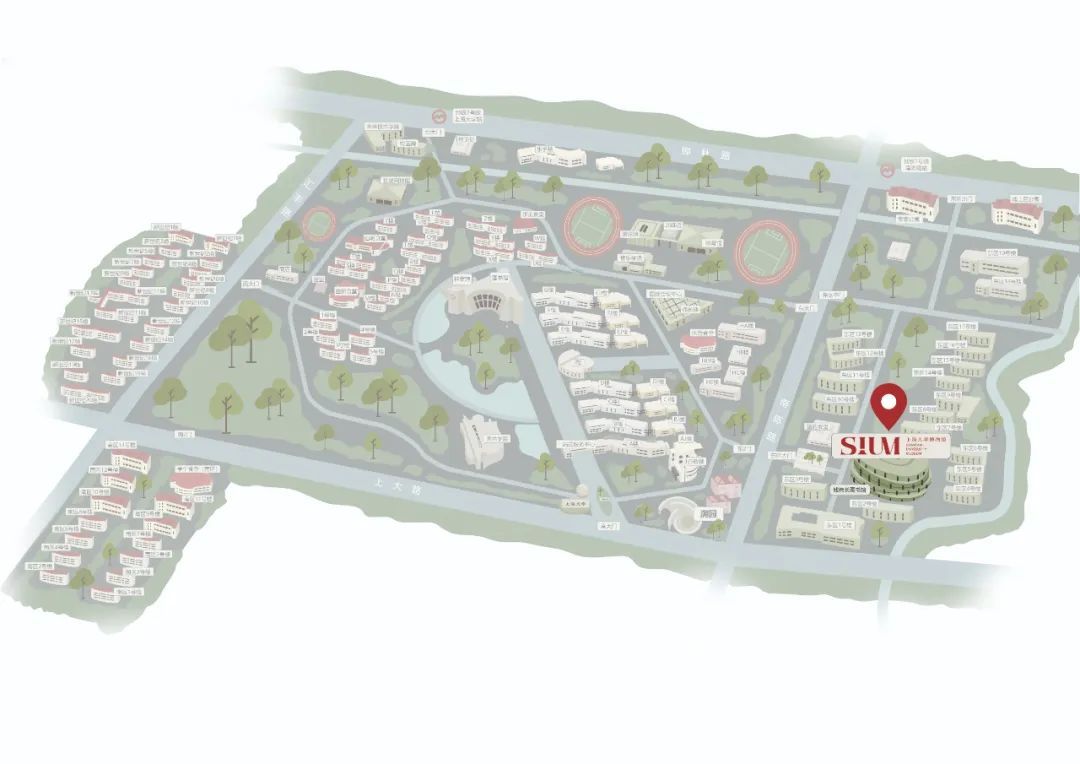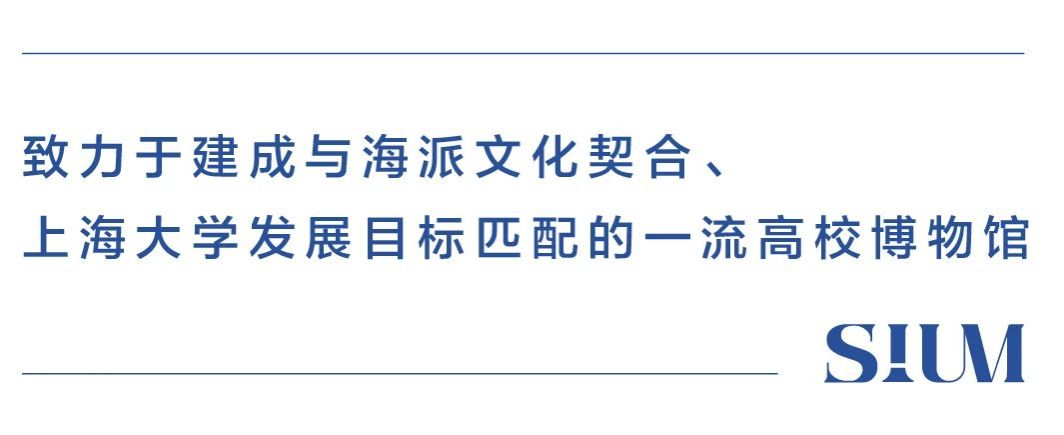
“沉睡三千年,一醒惊天下”的三星堆遗址,是中华文明璀璨星河中明亮而神奇的一颗。
罗丹是“现代雕塑之父”,他的作品中饱含对生命、自然的歌颂、热爱与忧思。
在上海大学博物馆举办的特展——“青铜之光:三星堆与罗丹的超时空对话”展出了许多三星堆、金沙遗址出土文物和罗丹及其同时代雕塑家的作品,让我们一起来详细了解展品背后的故事吧!
青铜顶尊跪坐人像肩部龙形饰
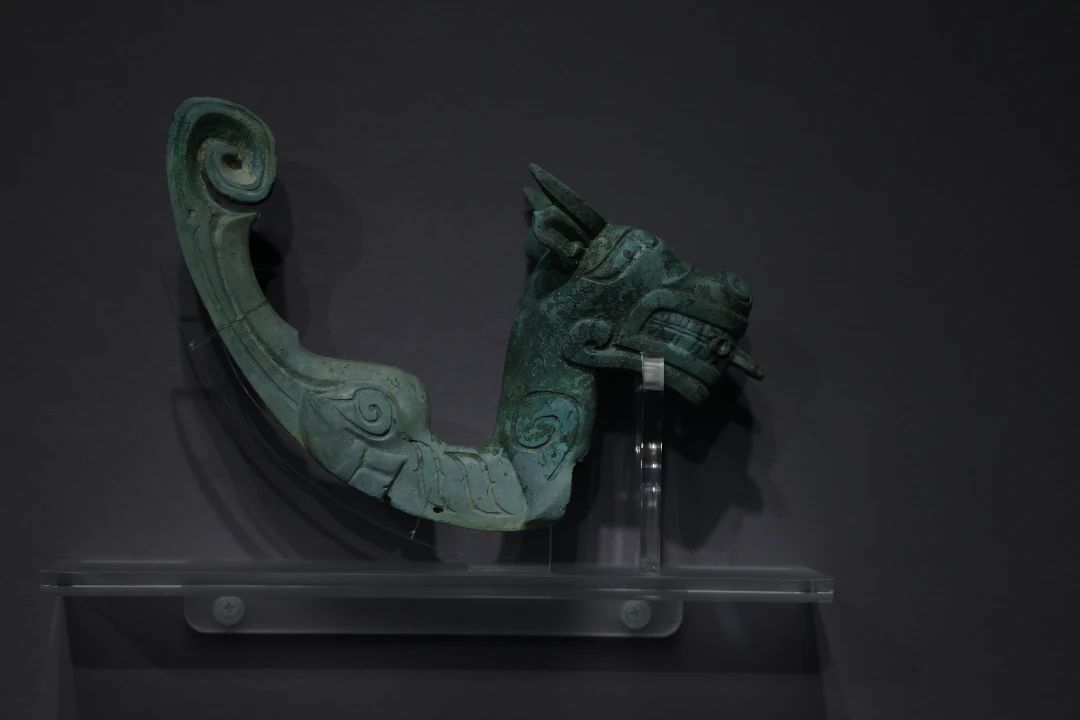
· 商代后期(公元前1300年—前1100年)
· 长25厘米,宽9厘米,高14厘米
· 2021年出土于四川广汉三星堆遗址三号祭祀坑,K3QW:26-2
· 四川省文物考古研究院藏
· Late Shang Dynasty (1300B.C.-1100B.C.)
· L.25cm;W.9cm;H.14cm
· Unearthed from No.3 sacrificial pit at the Sanxingdui Site in Guanghan, Sichuan, in 2021, K3QW:26-2
· Collection of Sichuan Provincial Cultural Relics and Archaeology Research Institute
顶尊跪坐人像分青铜大口尊与跪坐人像两部分,上部为圆口圆体圈足尊,尊腹与圈足均铸有兽面纹,兽面之间有扉棱作隔断。下部人像呈跪坐状态,双臂平举身前,双手作拱手环握状,似环握一物;双腿呈跪姿,膝部有孔。两者系分别铸造,再焊接为一整体。大口尊有立体龙形装饰,分两种。一种大口尊肩部牛首龙形饰位于腹部兽面纹正中,是单独铸造后焊接至尊体。牛首较大,牛眼圆睁,双角高翘,双耳外凸,口出小环,似系挂他物。眼眶和纹饰用阴线表现,突出眼睛,具有很强的装饰效果。直颈,胸部以短柱连接青铜尊,躯干反翘,两侧有翼,尾部内卷。另一种兽首龙形饰对应腹部扉棱,兽首,口大张,利齿外露,短颈,前爪搭于青铜尊肩腹交界处,躯干反翘,贴附青铜尊颈部,饰曲折纹。两种形象的龙形饰应各有3件,共为6件。
三星堆遗址出土的尊、罍等青铜容器中多发现海贝、玉器等贵重物品,以真人头顶青铜尊,或有古蜀权贵阶层炫耀财富、彰显权威的寓意。青铜顶尊跪坐人像是古蜀祭祀活动的缩影,彰显了古蜀先民的创造力,实证了古蜀文明是中华文明的重要组成部分。
The bronze kneeling figure with a Zun-vessel on its head consists of two parts, i.e. the bronze round-rimed Zun-vessel and the kneeling figure. The upper part is a round-rimed Zun-vessel with a ring foot and a rounded body, adorned with animal mask patterns both on the belly and foot, and the patterns are separated by Feileng(扉棱, protruding edges). The lower part is a figure in a kneeling position with both arms raised in front of its body and its hands clasped forwards, and the legs are in a kneeling posture with holes in the knees. The two parts were separately cast and then welded together as a whole. The roundrimed Zun-vessel is adorned with three-dimensional dragon decorations in two types. The ox-headed dragon decoration is distributed at the center of the animal-face pattern on the belly. The decoration was cast independently and then welded onto the main body. The ox head is large, with round eyes, high horns, protruding ears, and a small ring dangling from the mouth, possibly used to hang other objects. The eye sockets and patterns are depicted using incised lines, highlighting the eyes and creating a strong decorative effect. The dragon has an upright neck, and its chest is connected with the Zun-vessel using a short column. It also has a raised trunk, two wings on both sides, and a curled tail. The other decoration is an animal-headed dragon corresponding to Feileng(扉棱, protruding edges) on the belly. This dragon features an animal head, a big open mouth, exposed and sharp teeth, and a short neck, with front claws resting on the shoulder-belly junction of the Zun-vessel. The trunk is raised, attached to the neck of the Zun-vessel, and decorated with Quzhe Wen (曲折纹, curved-line pattern). There are three sets of dragon-shaped decorations, totaling six pieces.
Bronze vessels, such as Zun (bronze ritual vessel) and Lei (bronze wine vessel), unearthed from the Sanxingdui Site, generally contain valuable items such as seashells and jades. This bronze kneeling figure with a Zun-vessel on its head symbolizes the wealth and authority of the ruling class, and materializes the sacrificial activities in the ancient Shu Kingdom. It unveils the creativity of our ancestors, and substantiates that the ancient Shu civilization constitutes an important part of Chinese civilization.
青铜蛇头
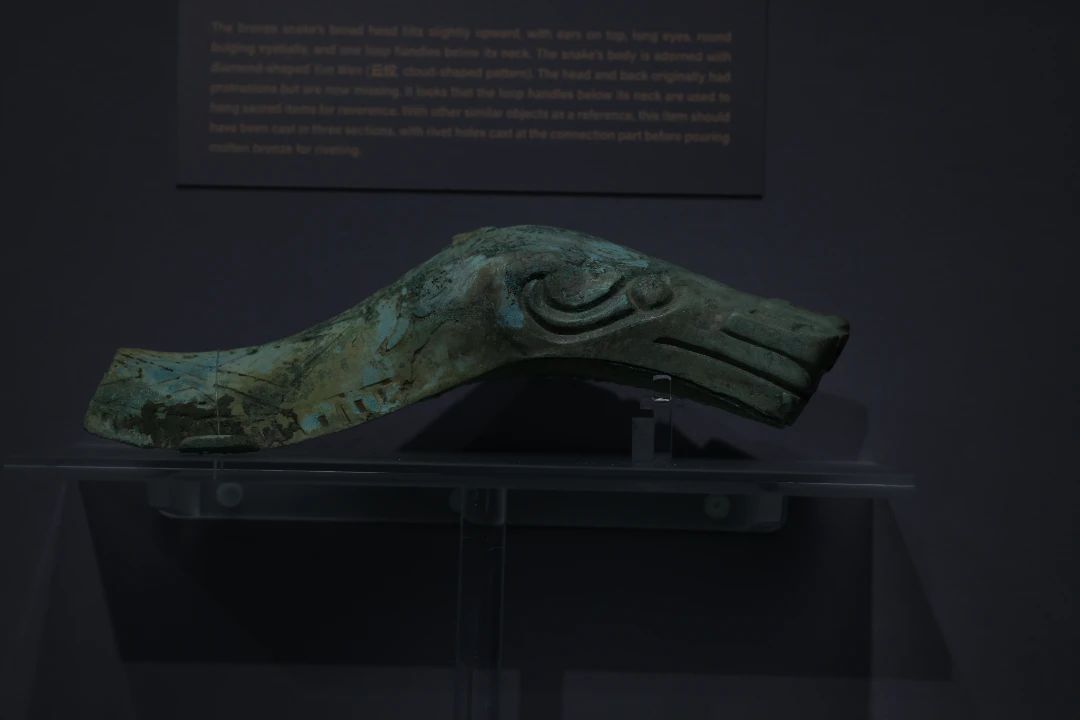
· 商代后期(公元前1300年—前1100年)
· 长34厘米,宽10厘米,高10.5厘米
· 2021年出土于四川广汉三星堆遗址三号祭祀坑,K3QW:444
· 四川省文物考古研究院藏
· Late Shang Dynasty (1300B.C.-1100B.C.)
· L.34cm; W.10cm; H.10.5cm
· Unearthed from No.3 sacrificial pit at the Sanxingdui Site in Guanghan, Sichuan, in 2021, K3QW:444
· Collection of Sichuan Provincial Cultural Relics and Archaeology Research Institute
头宽大,微上昂,头上有耳,长眼,眼球呈圆形凸起,颈下有一环纽。身饰菱形云纹,头和背部有凸出物,现脱落。从蛇颈下的环纽看,可能是挂在某种物体上作为神物被膜拜。参考其他同类器物,该类器物分三段铸成,在铸件连接处先铸出铆孔,再浇注铜液铆嵌。
The bronze snake’s broad head tilts slightly upward, with ears on top, long eyes, round bulging eyeballs, and one loop handles below its neck. The snake’s body is adorned with diamond-shaped Yun Wen (云纹, cloud-shaped pattern). The head and back originally had protrusions but are now missing. It looks that the loop handles below its neck are used to hang sacred items for reverence. With other similar objects as a reference, this item should have been cast in three sections, with rivet holes cast at the connection part before pouring molten bronze for riveting.
展览时间:
2023年12月13日至2024年2月1日
展览地点:
上海大学博物馆一层临展厅
(上海市宝山区南陈路333号)
开放时间:
周一至周日8:30-16:30(16:00停止入馆)
定时讲解:
周一至周日10:00、14:00、15:30
校内师生凭本人一卡通入馆,无需预约
校外观众采取网上预约方式入馆,扫描下方二维码或关注“上海大学博物馆”微信公众号,点击“个人预约”。
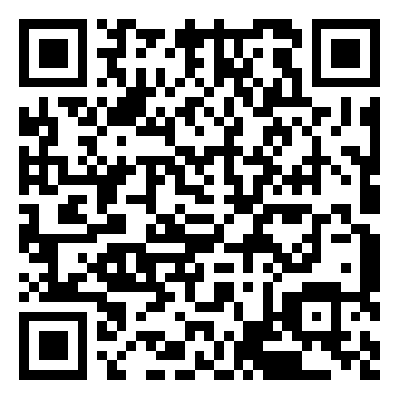
/地址/
上海大学博物馆
(南陈路333号)
